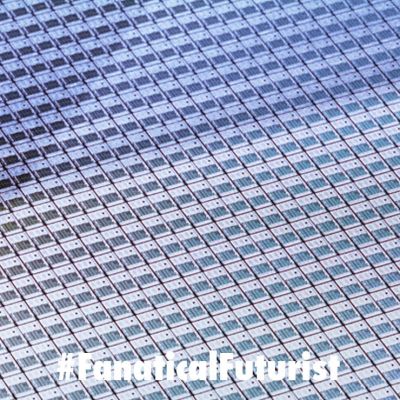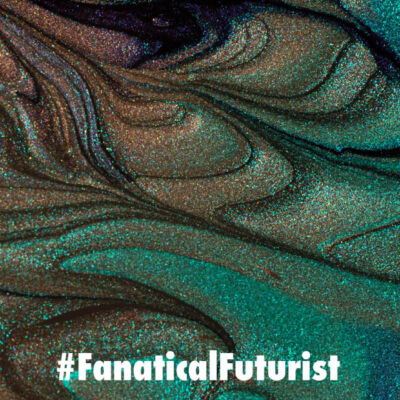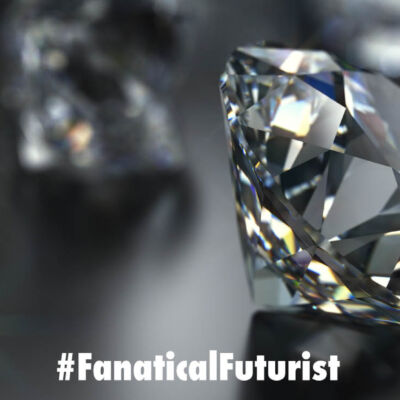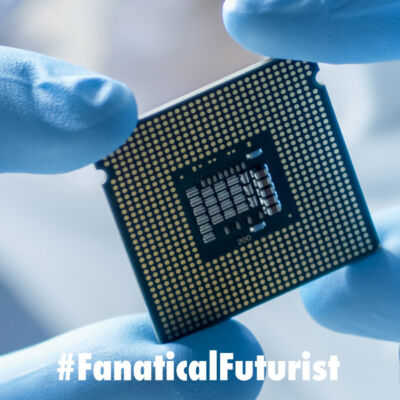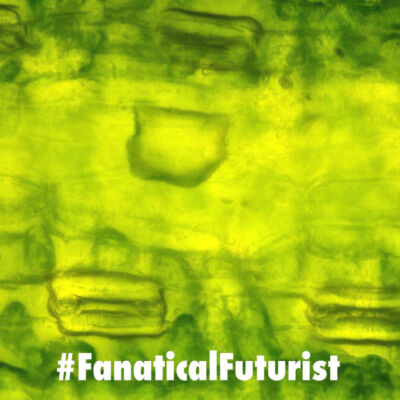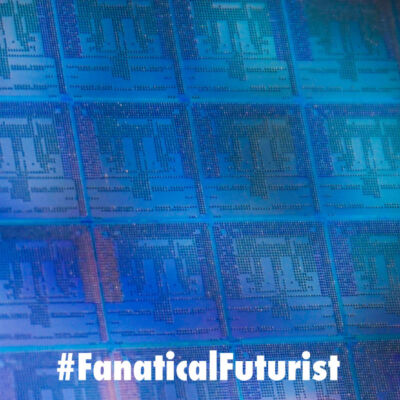Semi Conductors
WHY THIS MATTERS IN BRIEF Many say Moore’s Law is dying, and it is under stress but perhaps not dying,…
WHY THIS MATTERS IN BRIEF Training and running giant AI models like GPT4 and BARD use huge amounts of energy,…
WHY THIS MATTERS IN BRIEF Quantum computers calculate and solve problems billions of times faster than today’s fastest supercomputers, but…
WHY THIS MATTERS IN BRIEF Radiation destroys electronics, but what if they could heal themselves to run forever? Love…
WHY THIS MATTERS IN BRIEF Terahertz computing is a long held ambition for computing companies, and now this POC brings…
WHY THIS MATTERS IN BRIEF We think of computing as being “silicon based” and “solid” but the future of computing…
WHY THIS MATTERS IN BRIEF Moore’s Law is slowing, because of both commercial and technical reasons, but diamonds are a…
WHY THIS MATTERS IN BRIEF Trying to find backdoors in components is hard, but this technology will also let companies…
WHY THIS MATTERS IN BRIEF Most quantum computers are big but not accurate, the holy grail for the industry are…
WHY THIS MATTERS IN BRIEF As the world weans itself off fossil fuels the new fuels we use need to…
WHY THIS MATTERS IN BRIEF If it’s connected it’s vulnerable to attack, and in the future everything is connected so…
WHY THIS MATTERS IN BRIEF Moore’s Law is still grinding out gains, but they’re getting harder and more expensive to…


